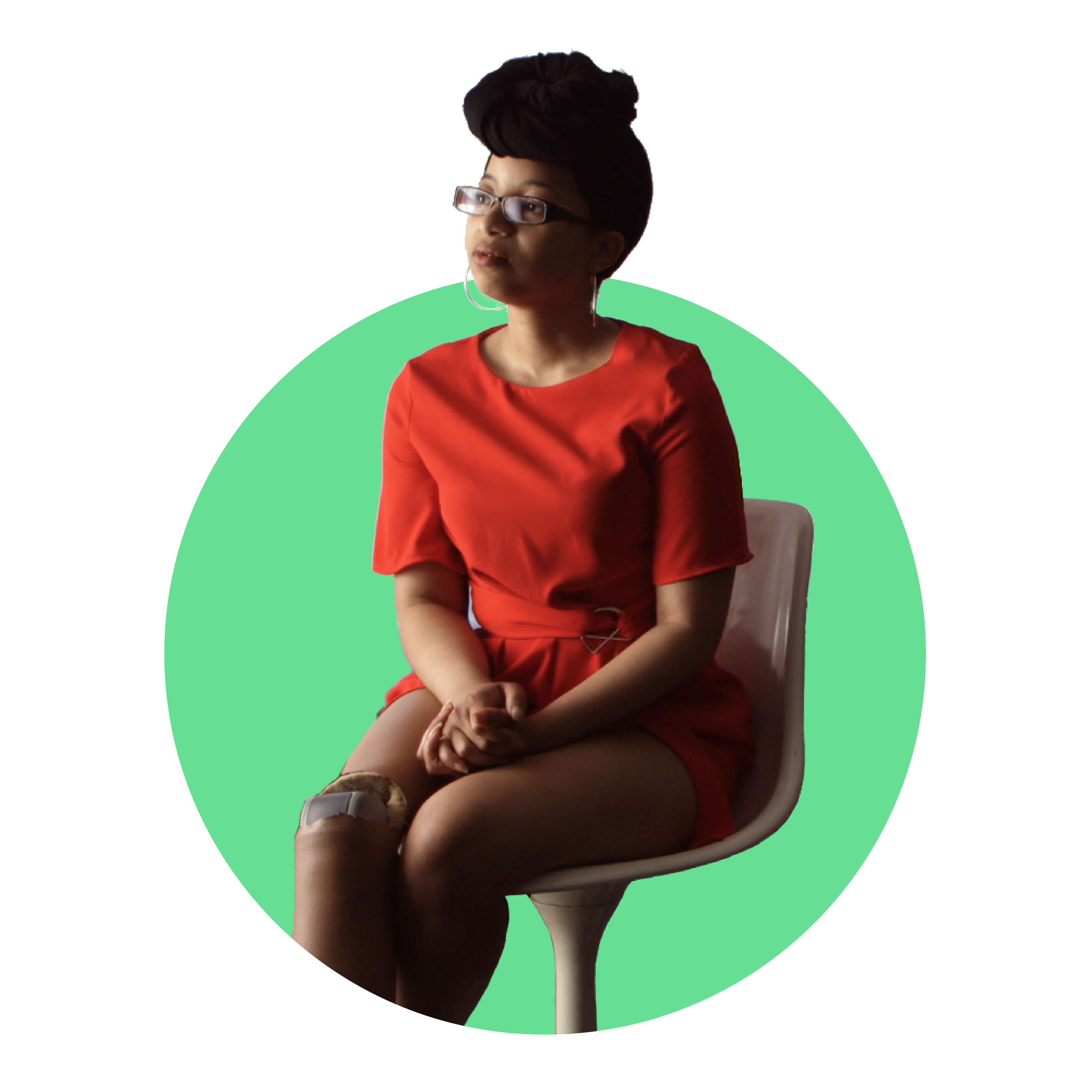There Is No Justice Without Disability
It’s time to expand the definition of justice. Around the globe, people living with disabilities experience inequality in all its forms. To build a world where everyone is equal, we need to recognize how disability interconnects with the issues of social justice and follow the lead of the individuals at the center of the fight.
By centering intersectionality and the voices of those most marginalized—from people of color and queer to immigrants and indigenous people—disability justice encourages us to see how society’s diverse systems of oppression reinforce each other and affect every member of the disability community.
Ending inequality is a shared struggle, and only by working together will we remove the obstacles ahead and create a future of opportunity for all.
Transcript
[Footage from a series of interviews features a diverse range of disability rights advocates in industrial studio settings.]
KERI GRAY: Disability is a normal, positive part of human diversity.
SARA MINKARA: There are one billion individuals in this world with disabilities.
JANE AKINYI: There’s a lot of kinds of different disabilities.
GRAY: Disabled people have other important identities.
REBECCA COKLEY: We want to have a say in everything that affects us.
MINKARA: We are people with disabilities building power and inclusive social justice movements.
DESSA COSMA: You can’t have racial justice or economic justice or gender justice without disability justice. Just like you can’t have disability justice without having racial, economic, and gender justice. To actually achieve any of those things requires achieving all of those things.
MADDY RUVOLO: When we evolve our institutions to be fully inclusive, we can build a world where all are free.
GRAY: True inclusion is revolutionary.
[on-screen graphic: There Is No Justice without Disability]
Accessibility Statement
- All videos produced by the Ford Foundation since 2020 include captions and downloadable transcripts. For videos where visuals require additional understanding, we offer audio-described versions.
- We are continuing to make videos produced prior to 2020 accessible.
- Videos from third-party sources (those not produced by the Ford Foundation) may not have captions, accessible transcripts, or audio descriptions.
- To improve accessibility beyond our site, we’ve created a free video accessibility WordPress plug-in.
Leaders from across the disability community share their views on disability and why an intersectional approach is needed.
Featuring interviews and footage of Jane Akinyi, Rabia Belt, Lawrence Carter-Long, Rebecca Cokley, Dessa Cosma, Ryan Easterly, Claudia Gordon, Keri Gray, Sara Minkara, Maddy Ruvolo, and Alice Wong.
Special thanks to Detroit Disability Power for allowing us to use its Guiding Principles.
No Equality Without Everyone
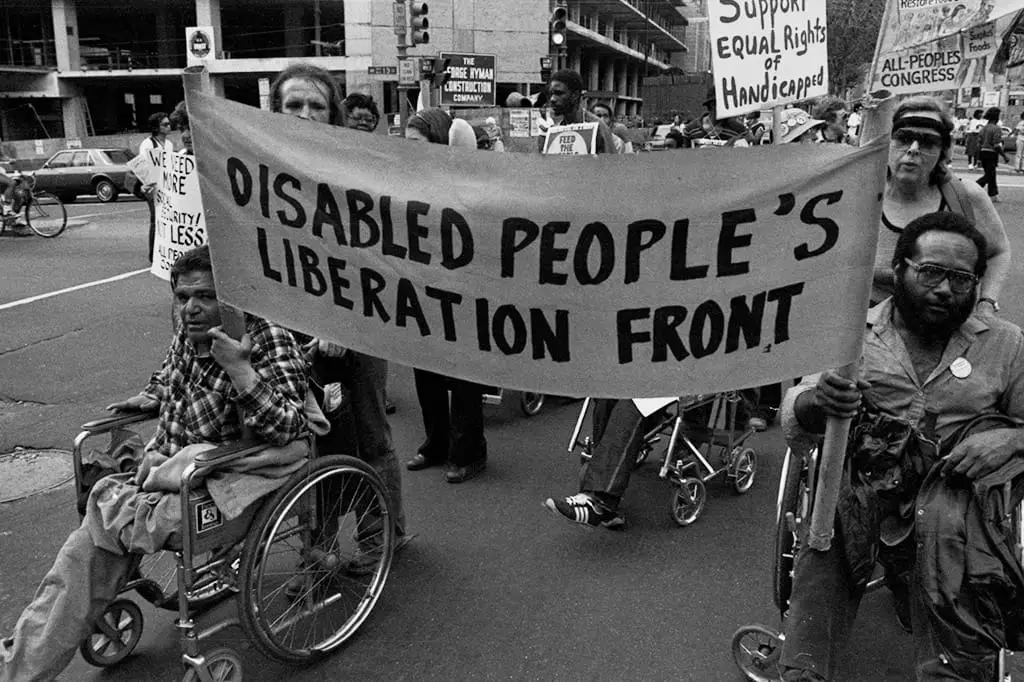
As the Americans with Disabilities Act turns 30, president Darren Walker reflects on the role of philanthropy, the intersections of social justice, and why integrating disability into the fight for equality is the only path forward.
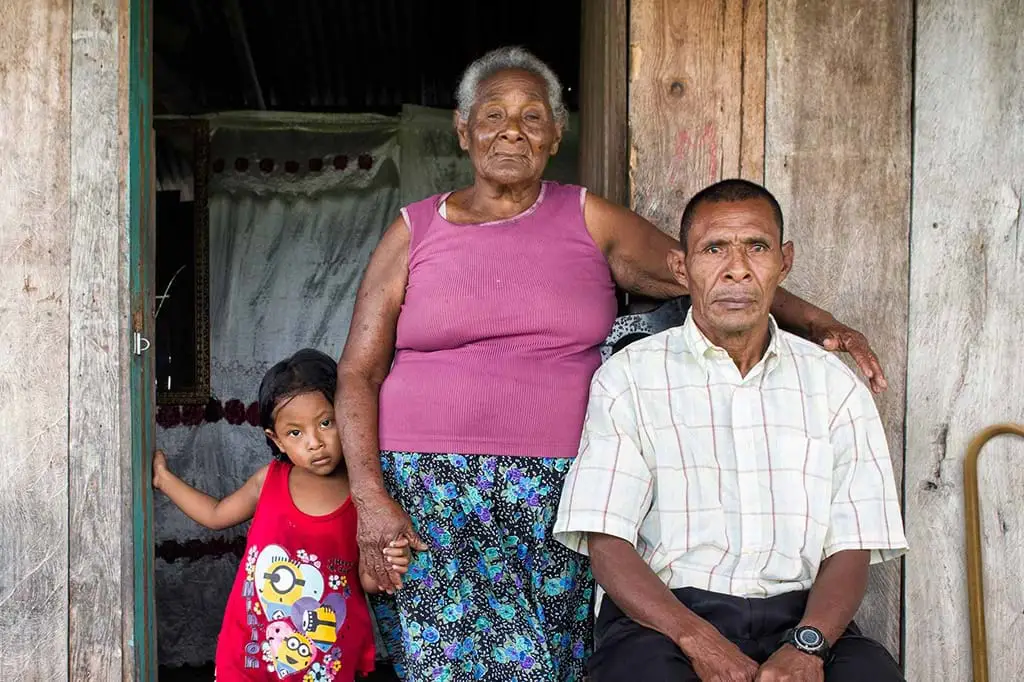
The unknown ally in the fight for environmental justice
Extracting natural resources can exacerbate climate change, but it can also lead people to develop disabilities. Around the world, there are movements led by people with disabilities emerging, proving powerful partners in the fight to protect the planet. Connecting environmental justice to disability rights is vital, but it’s just beginning.
Read The Unknown Ally in the Fight for Environmental Justice
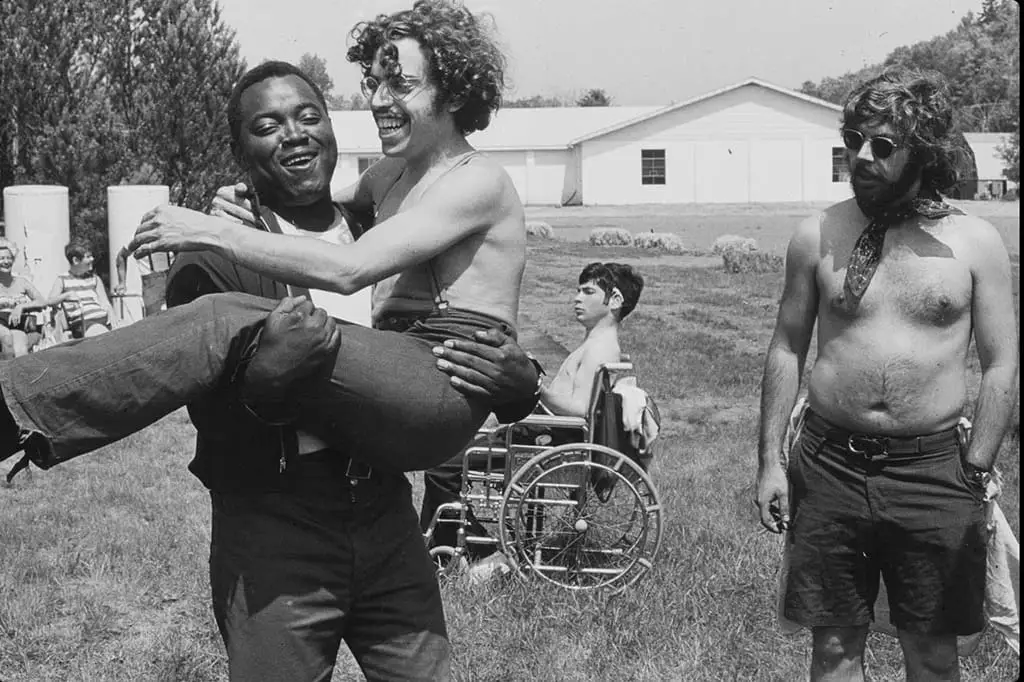
The camp that ignited a movement
How did Camp Jened in upstate New York inspire the political awakening that led to the Americans with Disabilities Act? Crip Camp creators Nicole Newnham and Jim LeBrecht talk about the power of community at the camp—and at the heart of the disability rights movement—and its importance in the fight for justice.
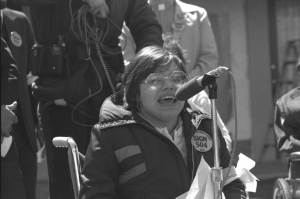
Activism across generations
Judy Heumann and Katherine Perez know the fight for justice doesn’t end with the Americans with Disabilities Act. The disability rights activists talk about how the movement has evolved, the barriers their community still faces, and why we need to understand that social justice is disability justice.
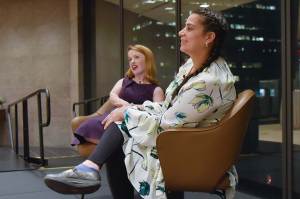
On the road to justice
Understanding disability is a multifaceted, ever-evolving process—and it requires listening, learning, and recognizing the work needed. As a social justice foundation, we are committed to integrating inclusion and the values of disability justice into our work, but we have more to do.
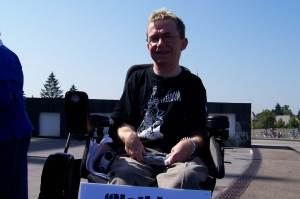
5 actions nonprofits can take to embrace disability rights and access
In honor of National Disability Employment Awareness Month, we joined forces with a number of our partners, from Community Change to Human Rights Watch, each at different stages in their journeys toward inclusion. Together, we laid out five concrete actions organizations of any kind can take to advance disability inclusion and move closer to equity and justice.
Where disability and social justice intersect
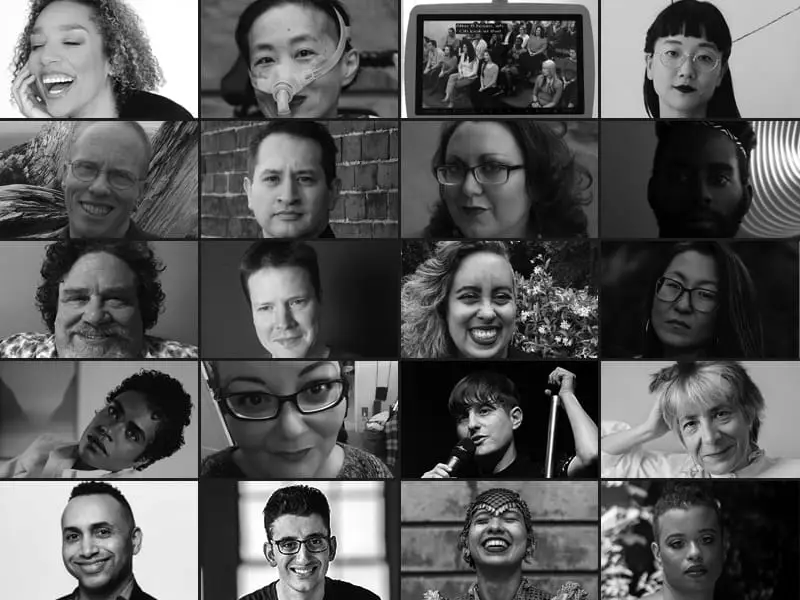
Meet the Fellows
Disability Futures is an initiative—developed in partnership with The Andrew W. Mellon Foundation and administered by United States Artists—to spotlight the work of disabled creatives across disciplines and geography.
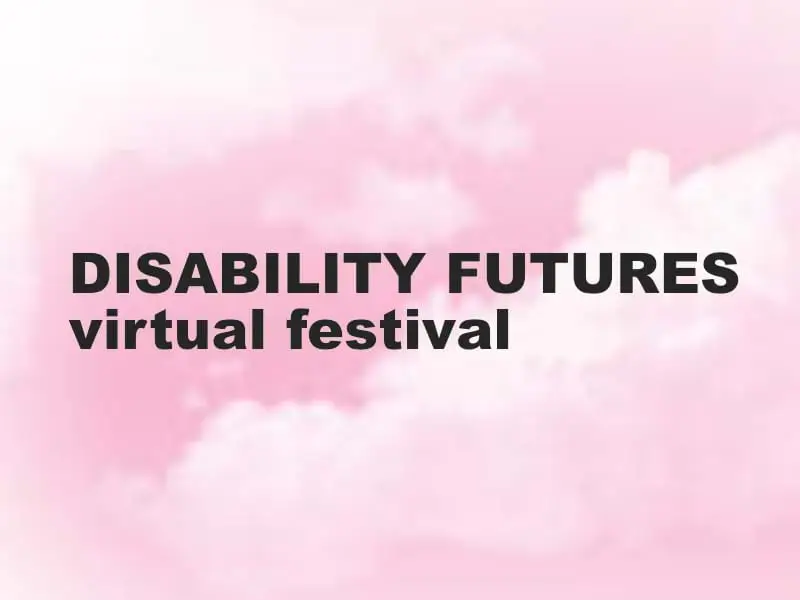
Watch the festival
Disability Futures Virtual Festival
This dynamic convening of disabled creative practitioners took place July 19-20, 2021; we celebrated and honored the work of the DISABILITY FUTURES fellows and their collaborators. The event featured American Sign Language (ASL) and live closed captioning and audio descriptions in English.
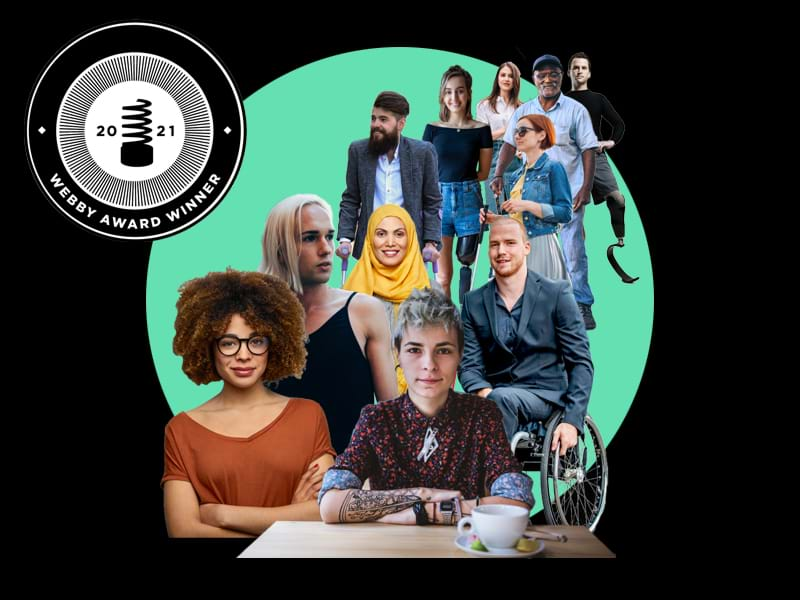
Video
Social Justice: What’s disability got to do with it?
Interested in accelerating your work through making disability-inclusive changes in your organization? Then, this video is for you!
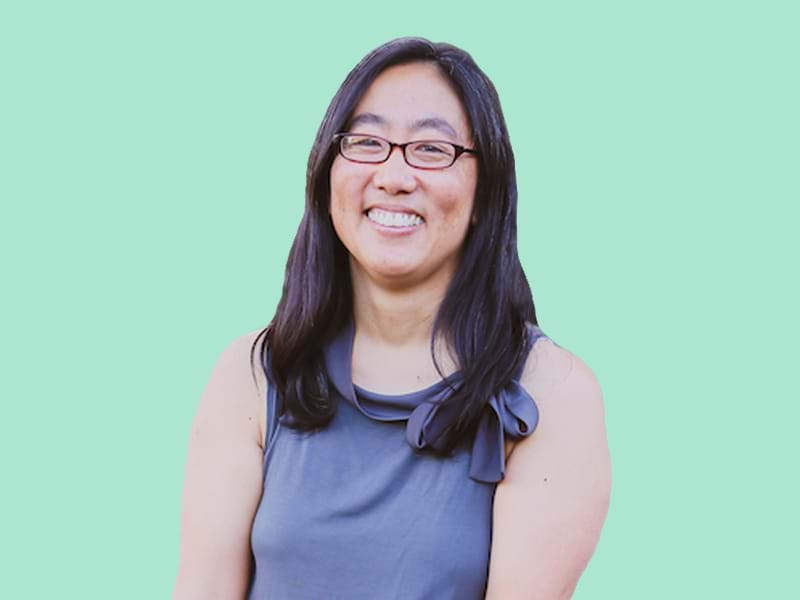
Perspective
“Understanding our country’s long history of systemic discrimination and exclusion of people with disabilities challenges us as individuals and organizations to weed out deeply engrained ideas and practices.”
Stacy Kono,
Hand in Hand
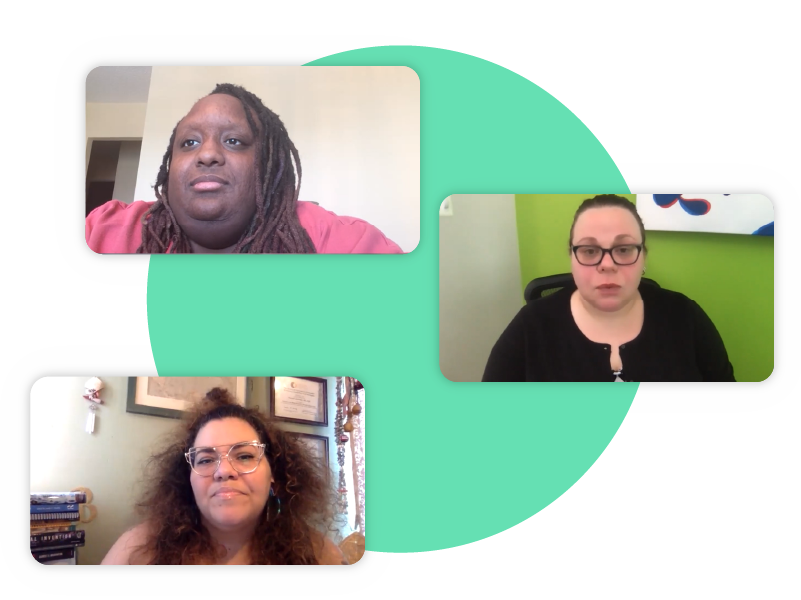
Video
Join disability justice leaders Imani Barbarin, Michelle Bishop and Bianca Laureano for a conversation about barriers people with disabilities face in the voting process and ways we can all support solutions.
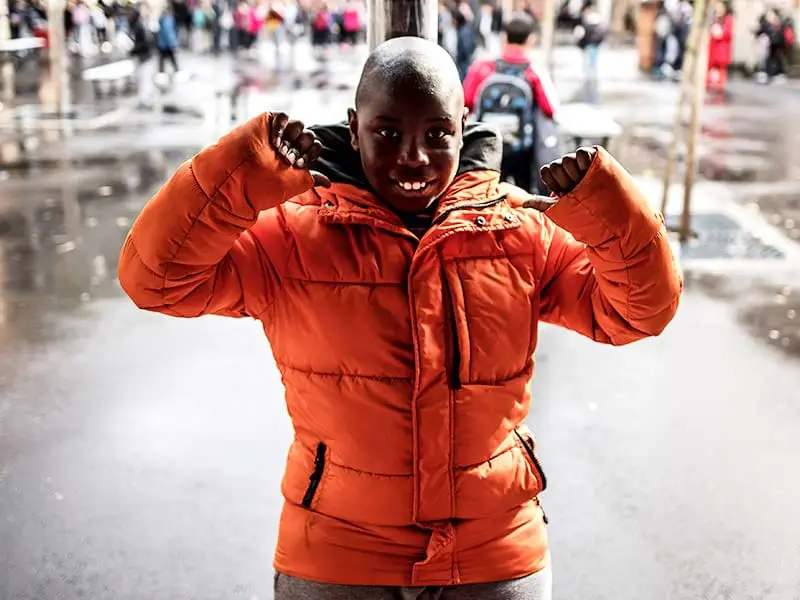
Fact
1 billion people, or 15% of the world’s population, live with some form of disability.
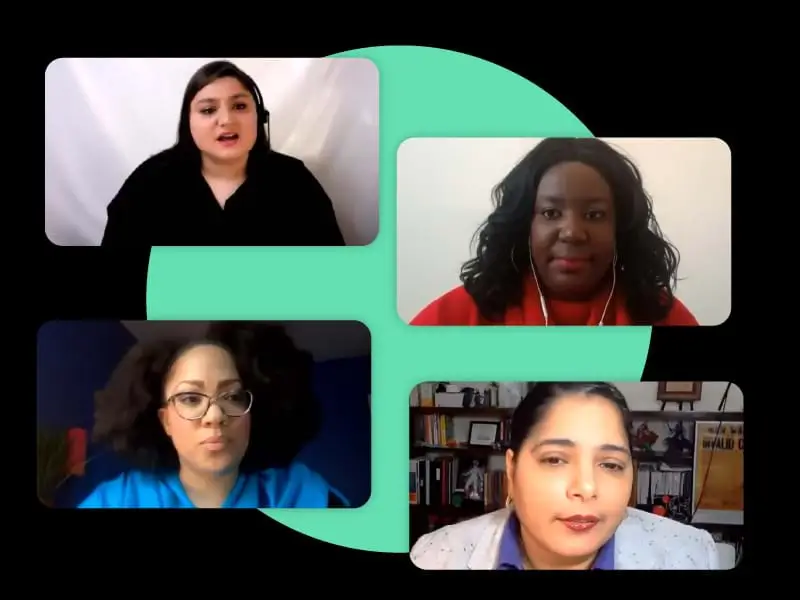
Video
A new social contract: Centering disability in the future of the work
Before COVID-19, people with disabilities were 40% less likely to be employed. Disability justice and rights leaders Day Al-Mohamed, Teresa Danso-Danquah, and Taryn Williams imagine rebuilding our economy with inclusive policies and workplaces that ensure safe, fair work for all.
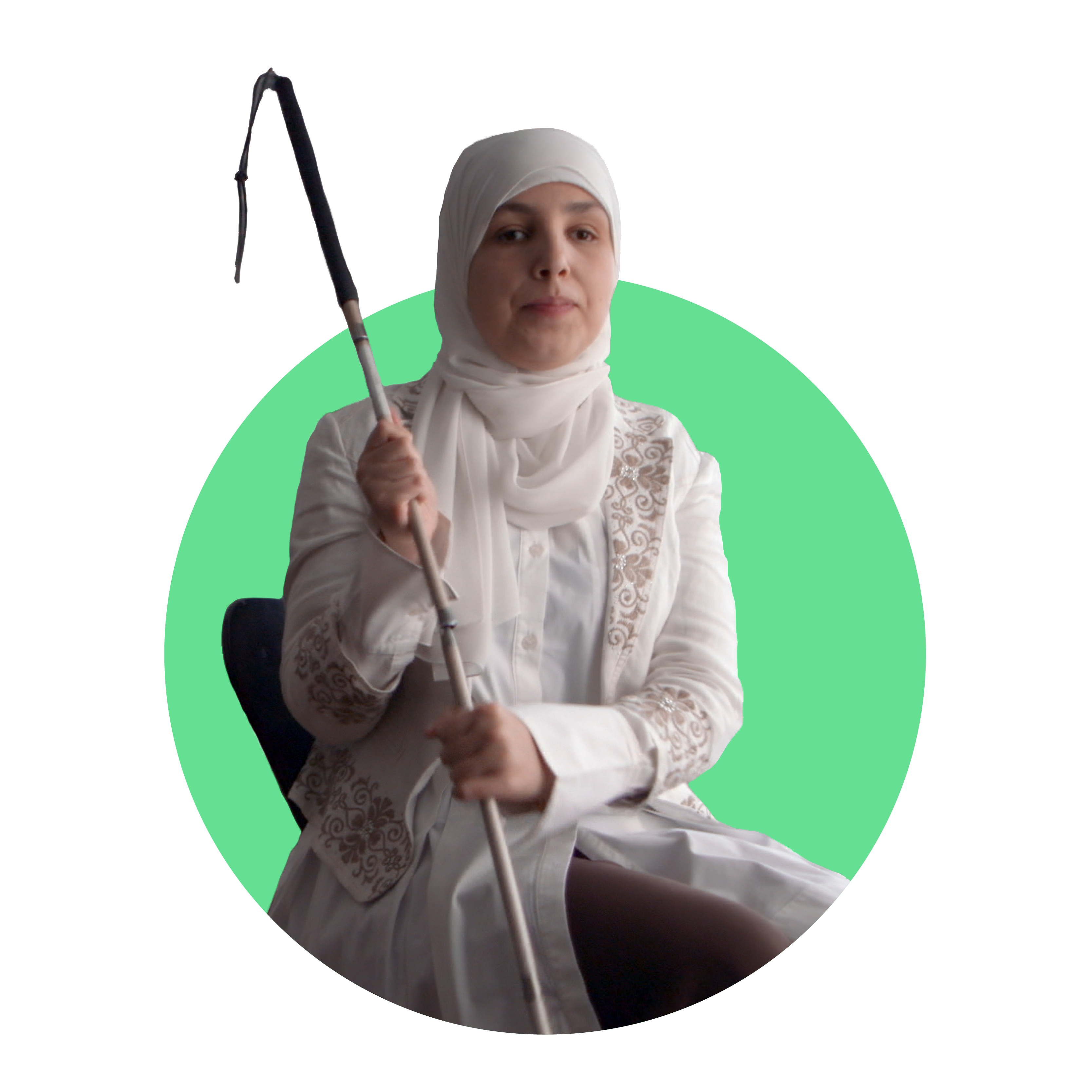
Video
“Disability is a beautiful part of our society. It’s an asset.”
Sara Minkara,
Empowerment Through Integration
A History Lesson
Lawrence Carter-Long of Disability Rights Education and Defense Fund, a Ford grantee, provides a short history on the fight for disability rights, illustrating its role in America’s larger movement for civil rights and how this community-led effort has been intersectional from the start.
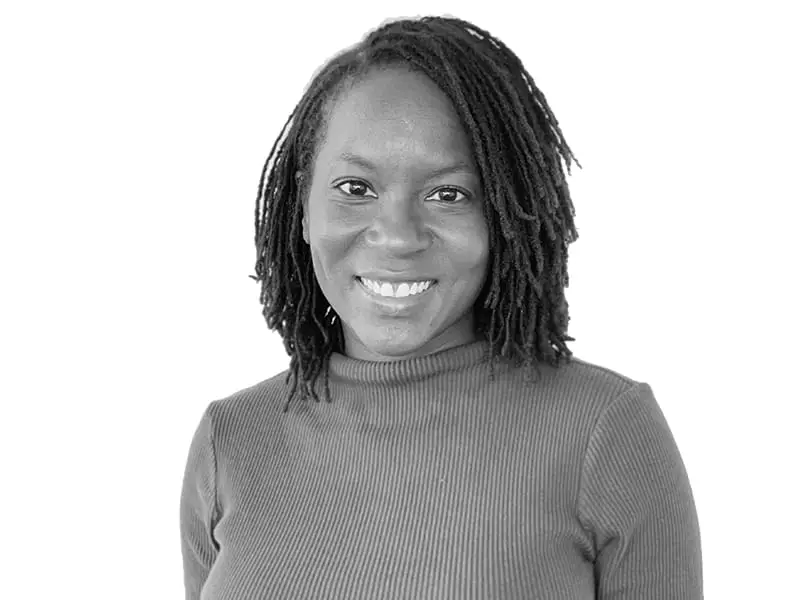
Perspective
“Why advance disability justice? It’s not just critical to achieving a world where we can all thrive, it also radically changes how we [as social justice leaders] approach our work.”
Jamila Headley
Center for Popular Democracy
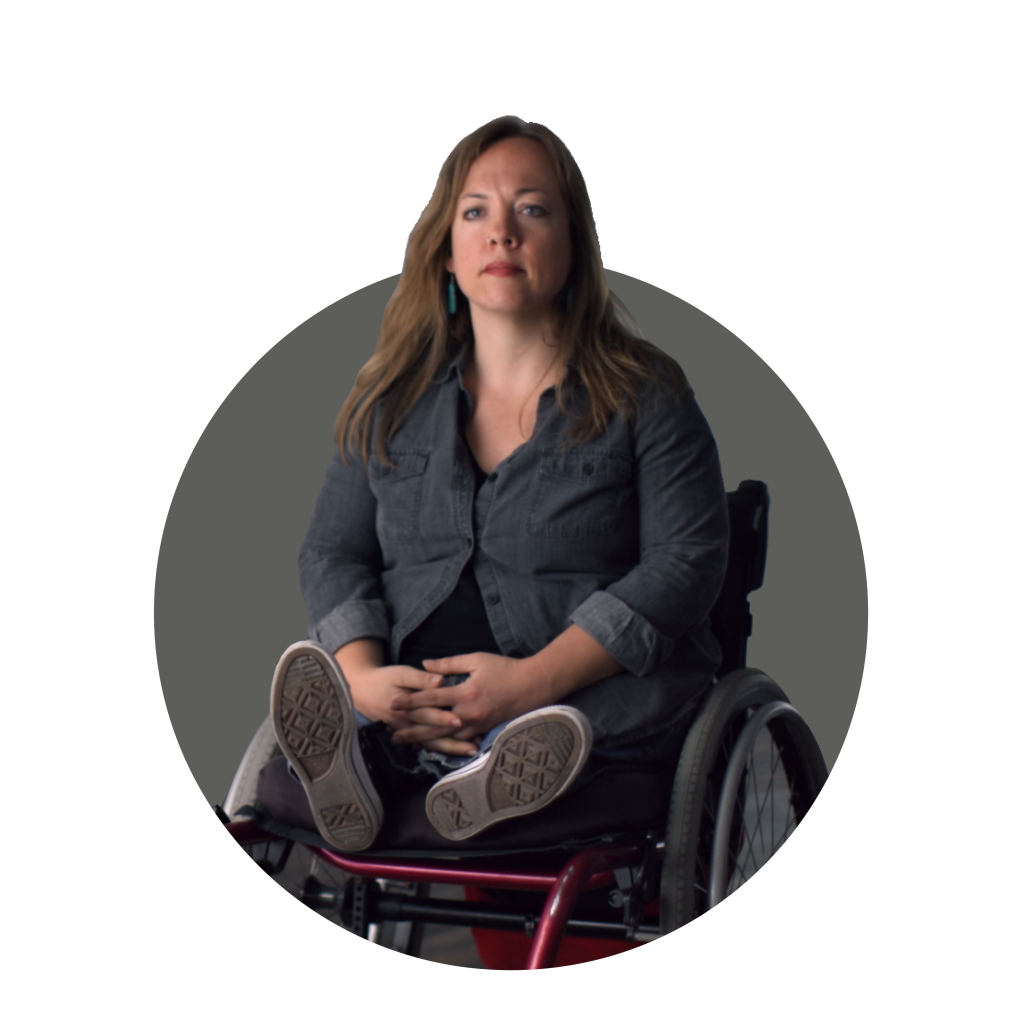
Video
“There’s this huge opportunity to rebuild our world in a way that works for all people.”
Dessa Cosma,
Detroit Disability Power
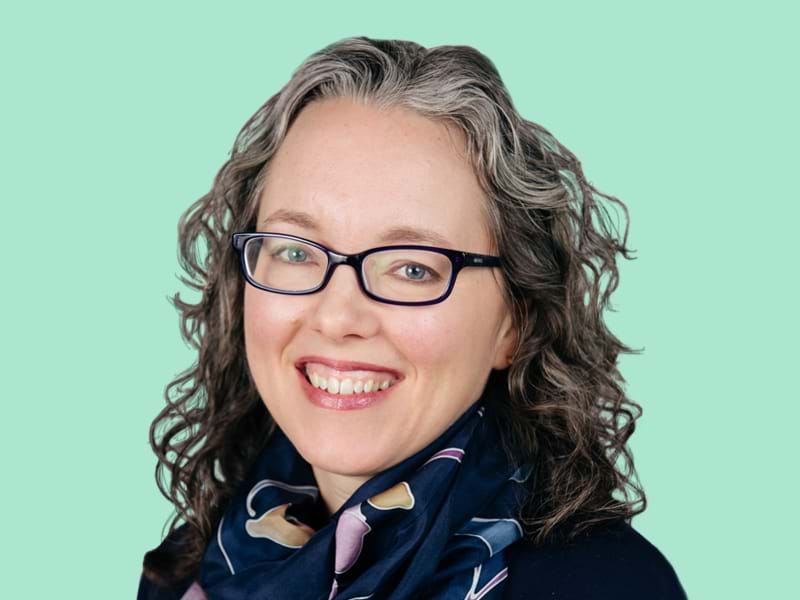
Perspective
“We were hearing that we weren’t doing enough to bring women with disabilities into the space in a meaningful way. It became a rallying point to push feminist movements to be more inclusive.”
Cindy Clark,
The Association for Women’s Rights in Development
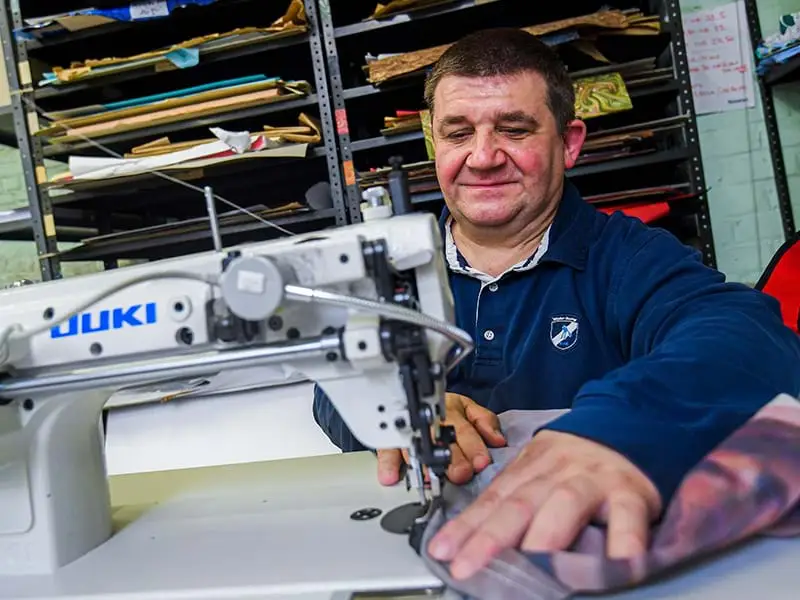
Fact
Only 4 out of 10 working-age adults with disabilities are employed.
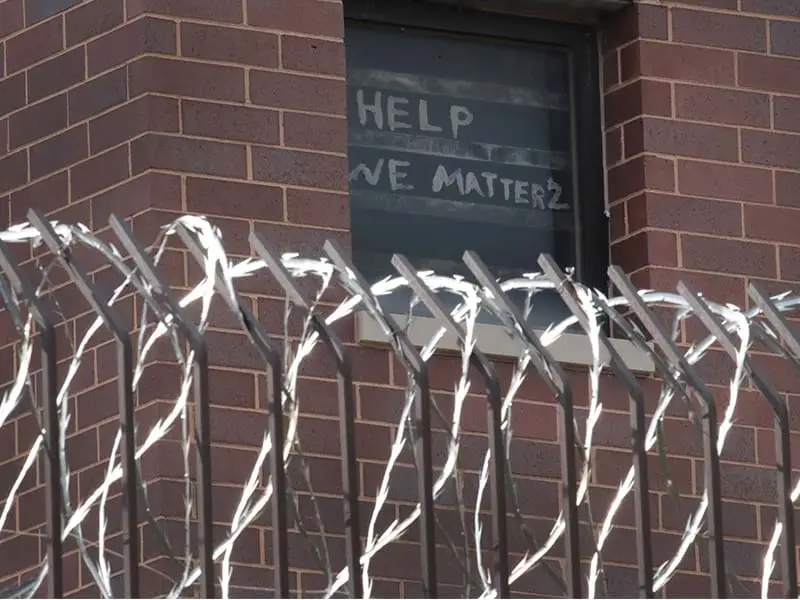
Fact
People in US state and federal prisons are nearly three times as likely to have a disability as the nonincarcerated population.
Read “Disabled Behind Bars” from Center for American Progress
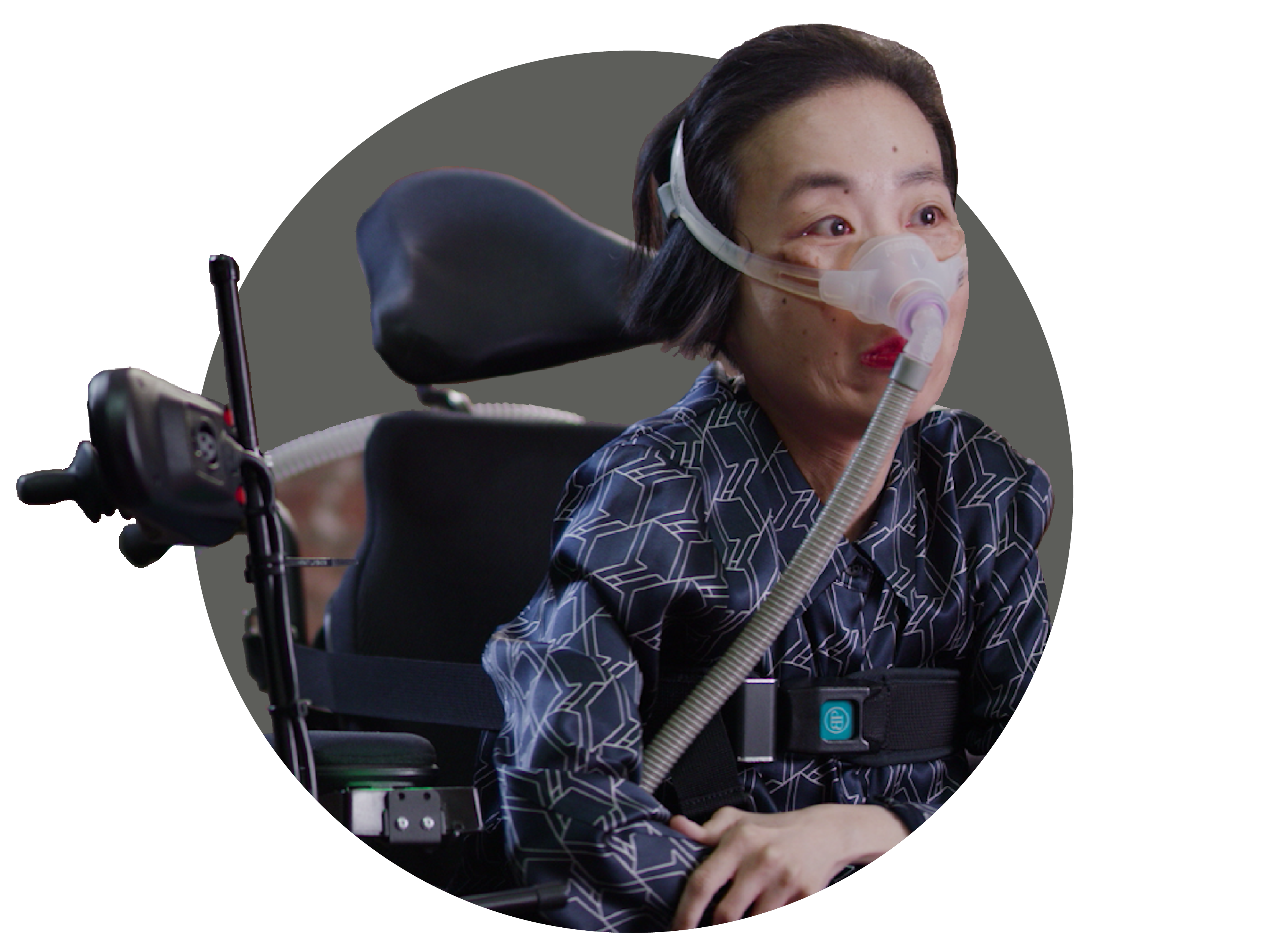
Video
“All people need to exercise their right to speak out.”
Alice Wong
Disability Visibility Project
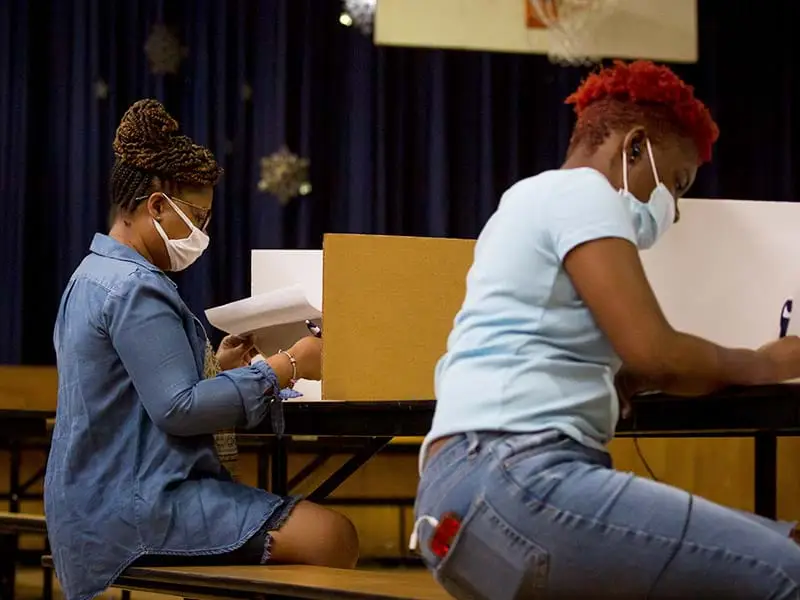
Fact
Voting turnout for the disabled community lags nearly 6 percentage points behind nondisabled people due to accessibility issues.
Read “Disabled Behind Bars” from Center for American Progress
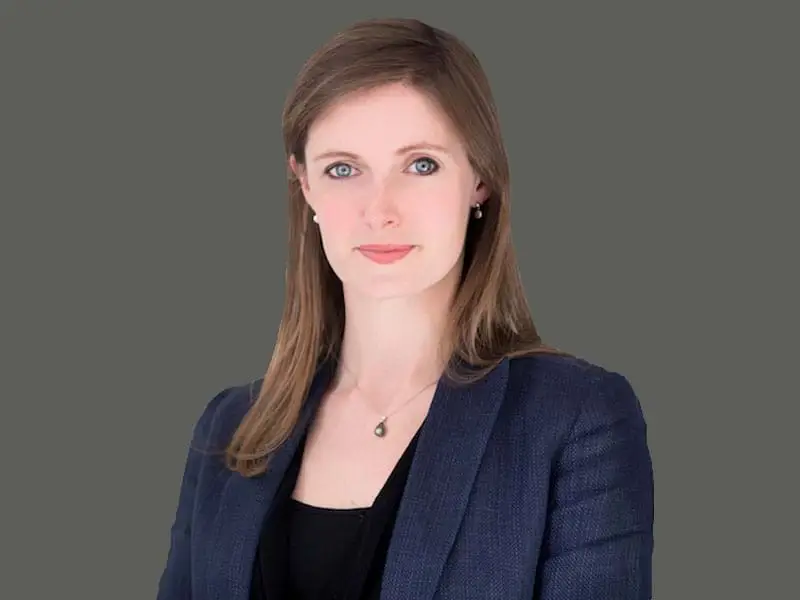
Perspective
“There’s an important growing public conversation about how technology affects marginalized communities, but rarely does that conversation integrate an understanding of disability.”
Alexandra Reeve Givens,
Center for Democracy and Technology
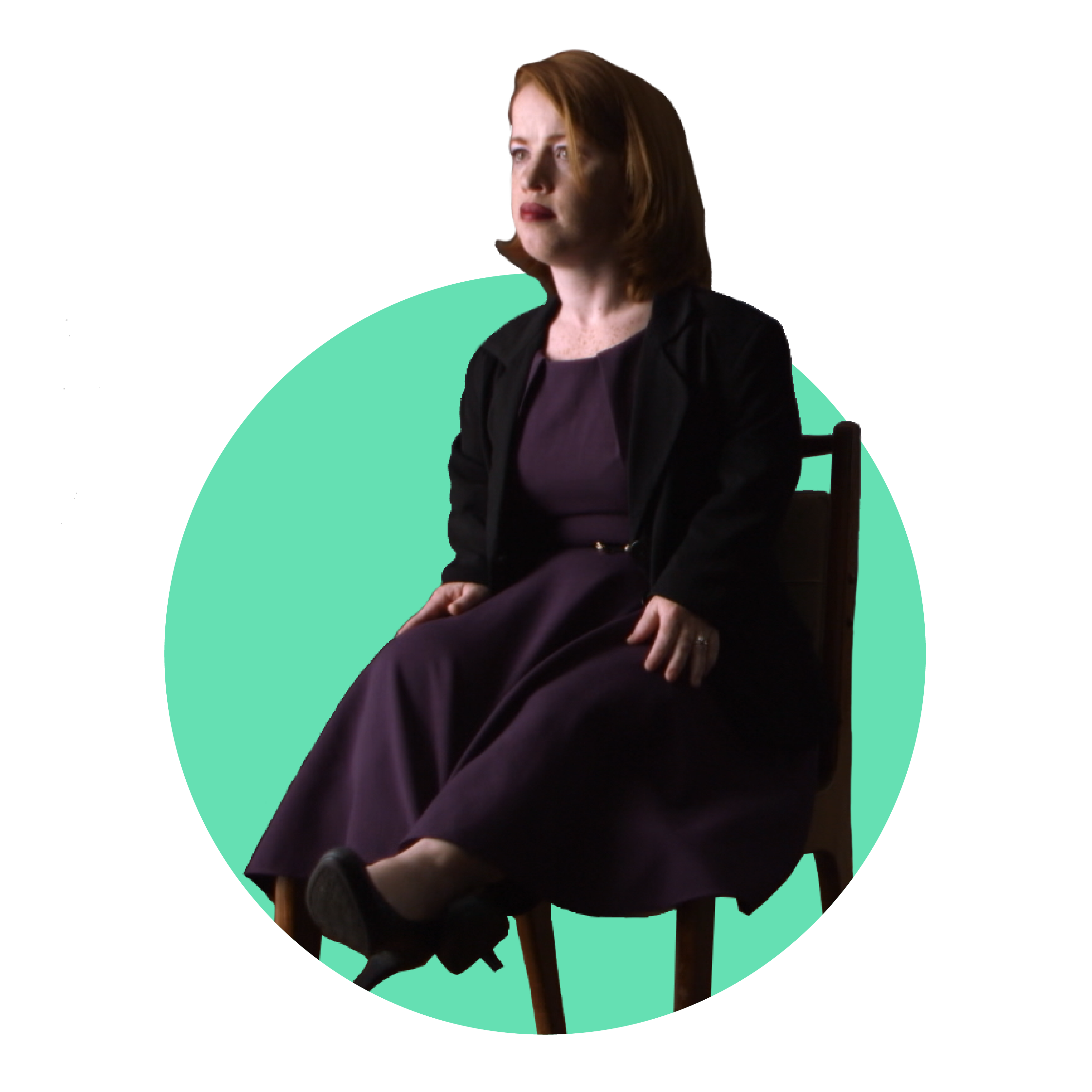
Video
“This is not a call-out. This is a call-in.”
Rebecca Cokley
Disability Justice Initiative at the Center for American Progress
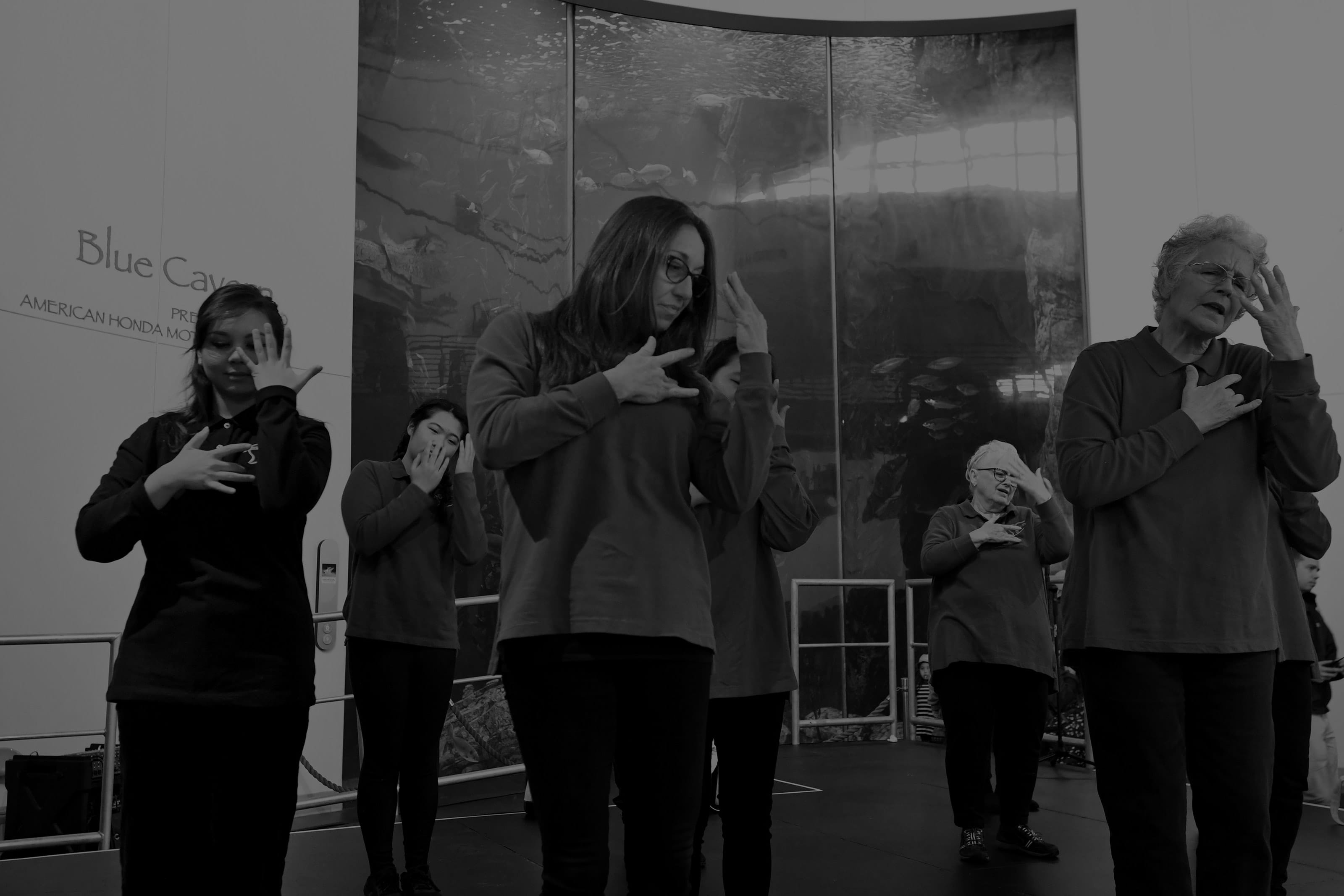
Where are you in your journey?
Join the conversation.
#DisabilityDemandsJustice
OUR WORK ON DISABILITY
We believe integrating disability into the fight for justice is the only path to achieve equality. Learn more about our journey as we move beyond inclusion toward the values of disability justice.
